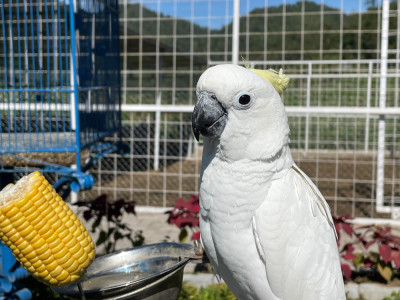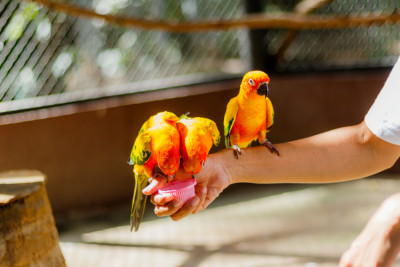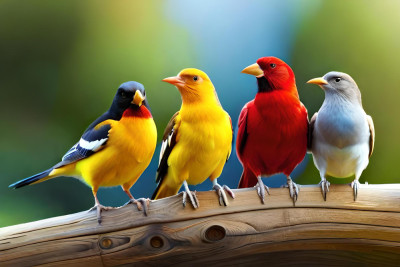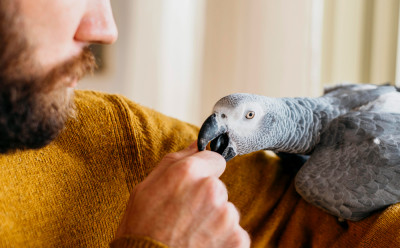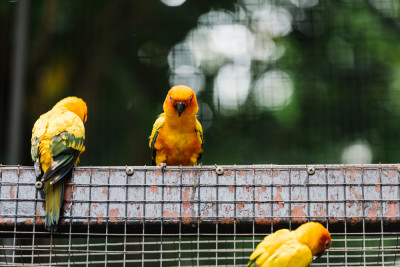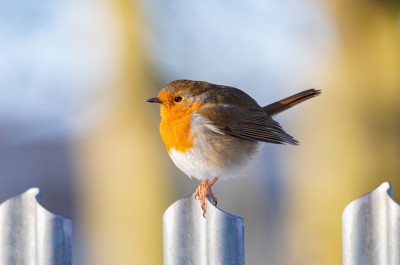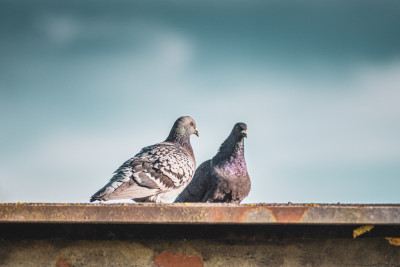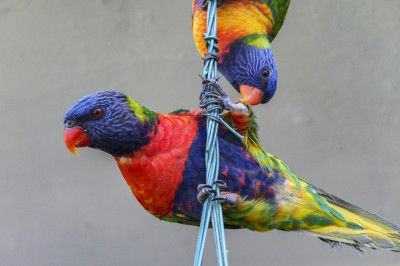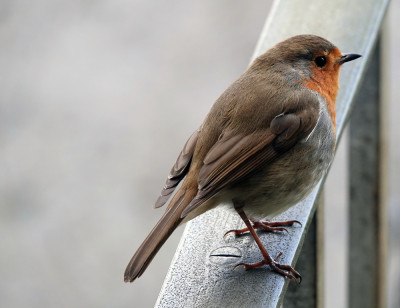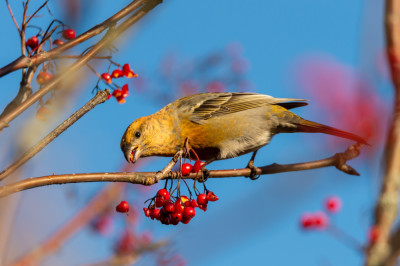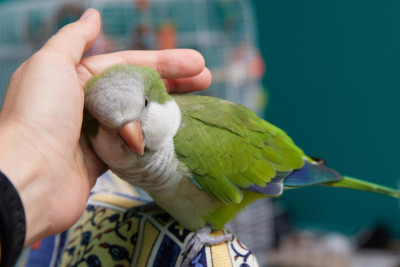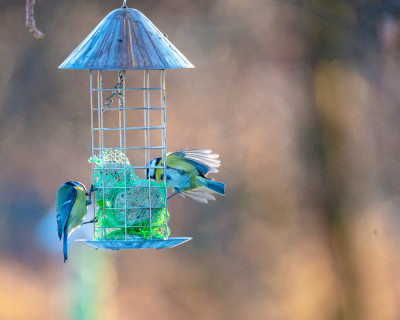Birds are fascinating creatures that grace our planet with beauty, song, and endless diversity. They inhabit nearly every corner of the Earth, from the icy expanses of Antarctica to the hot deserts of Africa. With over 10,000 known species, birds display a vast range of shapes, sizes, colors, and behaviors. This article takes a brief look at the diverse world of birds and some of their most notable types.
1. Classification and Evolution
Birds belong to the class Aves and are characterized by their beaks, feathers, and the ability to fly, although not all birds are capable of flight. They are descendants of theropod dinosaurs, with the earliest birds emerging during the Jurassic period. Over millions of years, they've evolved into the vast array of species we know today.
2. Types of Birds
-
Songbirds (Passerines): This is the largest order, encompassing over half of all bird species. Examples include sparrows, robins, and finches. These birds are known for their complex vocal structures, allowing them to produce a wide range of songs.
-
Waterfowl: This group includes ducks, geese, and swans. They are adapted to aquatic life, with webbed feet for swimming and beaks designed for filtering food from the water.
-
Raptors: Birds of prey such as eagles, hawks, and falcons fall into this category. They have keen eyesight, sharp talons, and beaks that are designed to tear flesh.
-
Flightless Birds: Despite the general ability of birds to fly, some species have lost this ability. Examples are the ostrich, kiwi, and penguin. These birds have evolved other strategies for survival.
-
Seabirds: Albatrosses, gulls, and puffins are part of this group. They have adaptations for life at sea, such as salt-excreting glands and webbed feet.
-
Nocturnal Birds: Owls are the most well-known in this category. With large eyes adapted for low light and silent flight, they are masters of the night.
3. Conservation and Threats
Sadly, many bird species face threats from habitat destruction, pollution, and climate change. Deforestation, wetland drainage, and other forms of habitat loss have reduced the areas where birds can live and breed. Migratory birds are particularly vulnerable as they require habitats in different parts of the world at different times of the year.
However, many conservation organizations and initiatives are dedicated to protecting birds and their habitats. Public awareness and education, along with protective legislation, can help ensure that future generations can continue to enjoy the beauty and wonder of birds.

